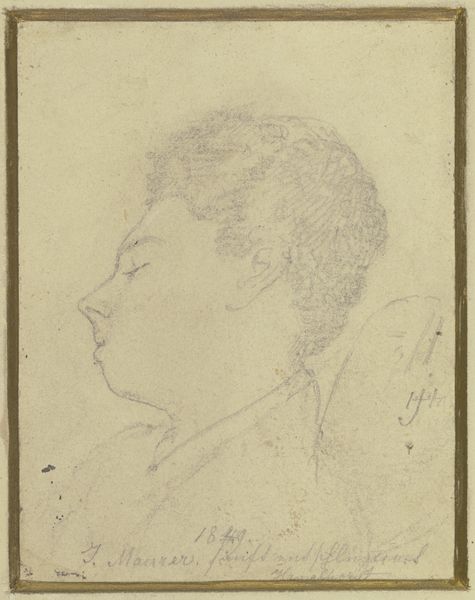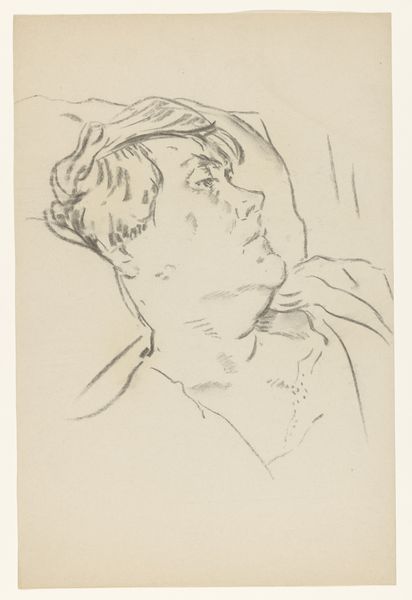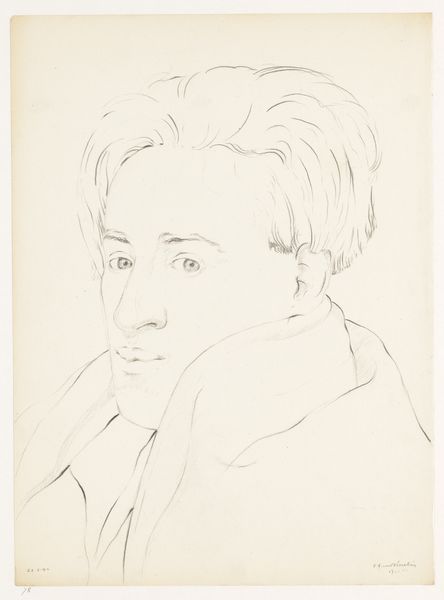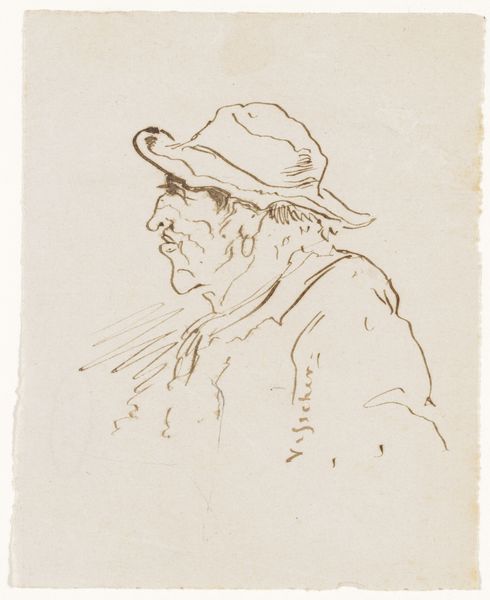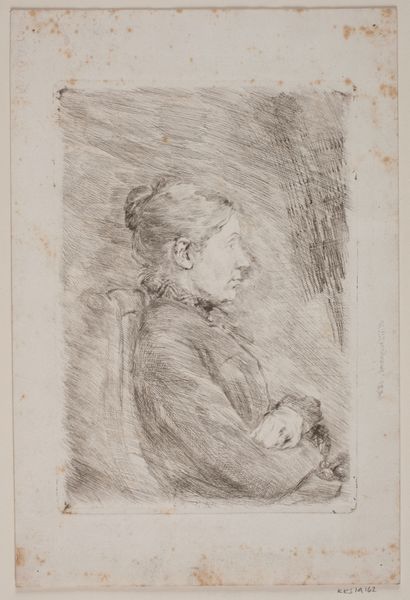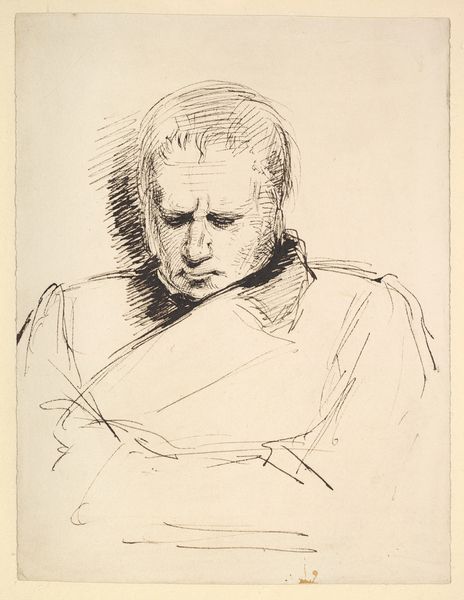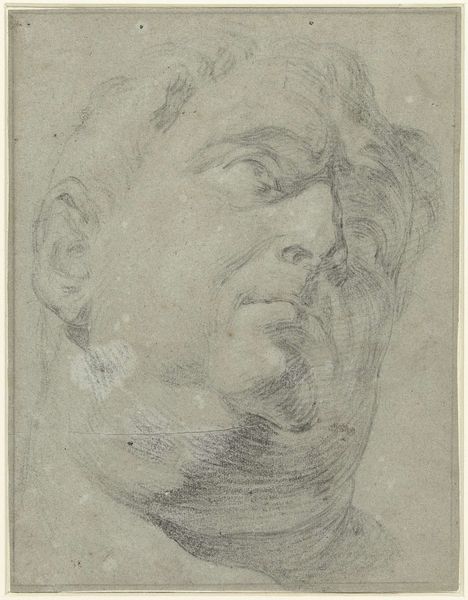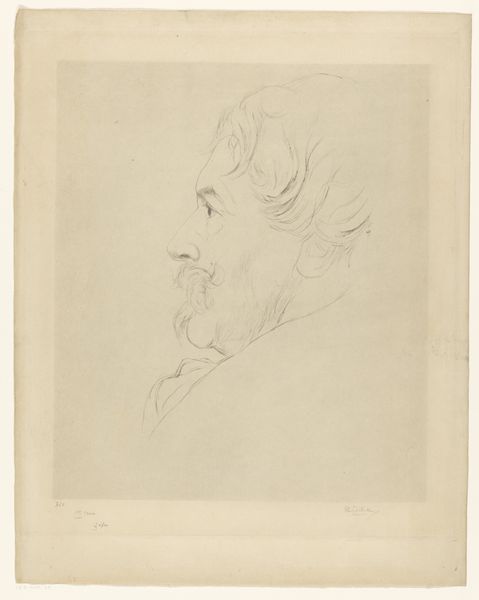
drawing, print, pencil
#
portrait
#
pencil drawn
#
drawing
# print
#
figuration
#
pencil drawing
#
romanticism
#
pencil
#
portrait drawing
Dimensions: sheet: 18 1/2 x 14 in. (47 x 35.6 cm)
Copyright: Public Domain
Editor: So, this is "Portrait of a Man in Profile," dating from 1800 to 1873. It’s a pencil drawing, likely a print too, by Cornelius Varley, hanging here at the Met. It's quite delicate, almost fragile. I’m curious about what stories a simple portrait like this can tell. What do you see in this work that might speak to broader historical or social issues? Curator: It's easy to dismiss it as *just* a portrait, but the act of portrayal itself is loaded. Who gets portrayed, and how, is always a power dynamic. Given the Romantic era context and the subject’s likely social standing indicated by his clothing, what does this idealized representation conceal? Perhaps the labor that afforded him this leisure, the colonial structures that shaped his world? Editor: I hadn't thought about it that way. It's easy to get lost in the details of the technique and miss that. Do you think the artist was making a deliberate commentary? Curator: Deliberate or not, art is never neutral. The choices the artist makes – the angle, the level of detail, the medium itself – all contribute to a narrative. This portrait embodies the Romantic ideal of the individual, but that individualism was only accessible to a select few. Who are the un-portrayed, the marginalized, in this era? Thinking about them adds crucial layers to understanding Varley's work. Editor: So, it’s less about what *is* shown, and more about what's left out and why. It's a bit unsettling, now that I look at it knowing this, because there are other stories within stories that the drawing implies. I will see the drawings on the walls in a totally different way, now! Thank you for your vision. Curator: Exactly! Once we acknowledge those silences, the artwork starts speaking in profound new ways.
Comments
No comments
Be the first to comment and join the conversation on the ultimate creative platform.
